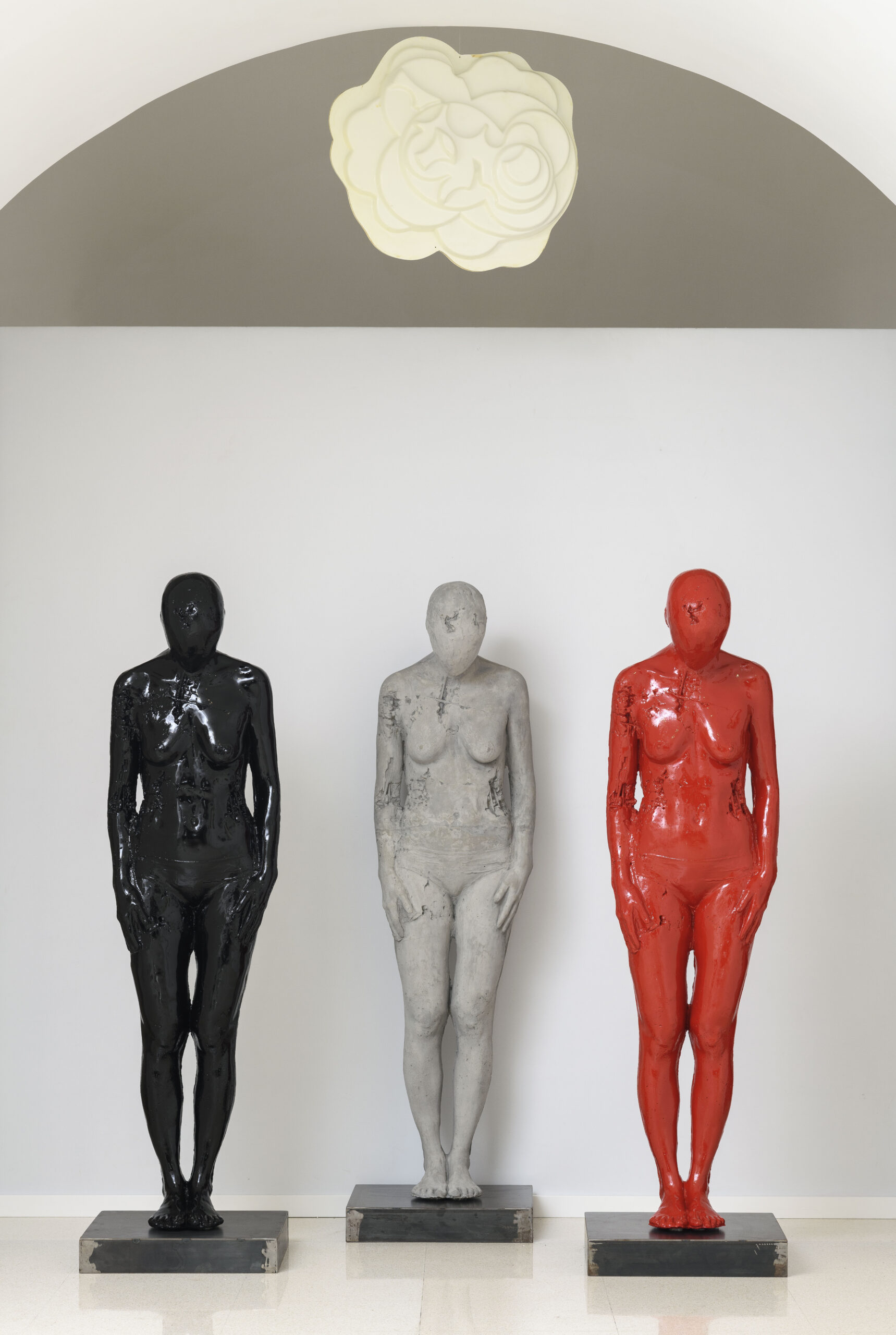
The La Nuvola Gallery in Via Margutta joins the Day that celebrates contemporary art on 7 October 2023, with its Nineteenth Edition organized by AMACI (Association of Italian Contemporary Art Museums), supported by the General Directorate of Contemporary Creativity of the Ministry of Culture . The guiding image of this event, this year, takes the form of the work Pa(y)sage Corporel (2023) by the Italian-Senegalese artist Binta Diaw (Milan, 1995).
The creation originates from a deep-rooted investigation, based on the female body, in relation to the imprints of colonialism in today’s society. “The human being is the care of the human being”, as a saying in the Wolof language would seem to pronounce, through which the The author underlines, according to a poetic sense, the bond that intersects the Human with Nature. Based on this thematic clue, aimed at environmental and social sustainability which La Nuvola has approached several times, through exhibitions created with the support of the FAO (Food and Agriculture Organization of the United Nations) and Amnesty International, today the Gallery offers for the occasion the careful selection of three creations by the artist Elia Alunni Tullini (Foligno, 1986).
These are sculptures on a human scale, each with its own color and suggestion. Titled Involucro, the fulcrum of the work, and of the investigation it poses, is a female body, pregnant with humanity, capable of bringing Neoplatonic reminiscences closer to questions that question our time. The limbs presented by Alunni Tullini, symbolically, stand for the “principle that contains the cosmos, the One in which multiplicity participates, in its high and minimal forms, up to the most complex one of the matter we inhabit”, propose the gallery owner Alice Falsaperla and the researcher Matteo Giuseppone in a critical text dedicated to the sculptor.
Three female figures, placed in succession, present themselves as three “contemporary graces”, assuming a seriality, historically proposed by the Gallery, which captures them not in the sinuosity of their intertwining, but rather in their isolation, in a concentration that reflects a disintegration not only organic. The void left by the missing face is another space to identify with, in a distinct humanity and in a renewed art system.

